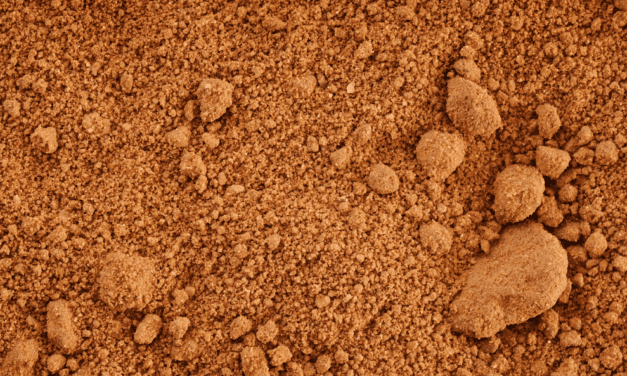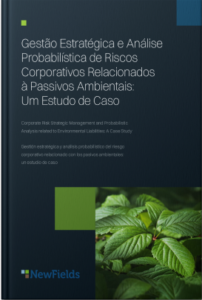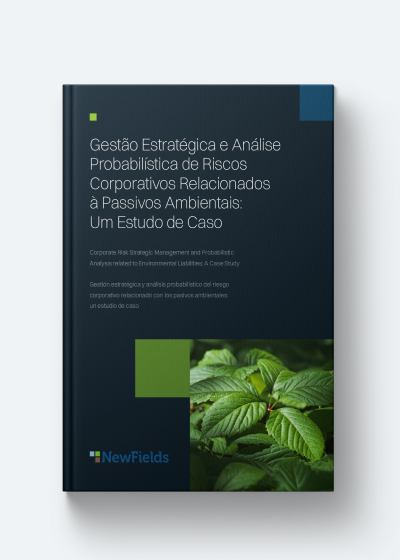ABSTRACT: Conventional analytical methods determine the concentration of compounds used to estimate the presence of environmental contamination capable of posing risk to human and ecological receptors. While these target analyses help regulators and environmental professionals identify and manage potentially harmful conditions, these compounds can be generated by many natural and anthropogenic (man-made) sources and conventional methods alone fail to composition ally differentiate subsurface sources of contamination in complex environments.
Hydrocarbon fingerprinting
This case study demonstrates the advantage of using both conventional and forensic testing methods to accurately identify the source(s) of volatile hydrocarbon contamination in soil vapor samples for the development of an accurate conceptual site model in a neighborhood near industrial facilities in Rio de Janeiro State, Brazil. The goal of this study was to differentiate potential impacts from a local steel making plant from fugitive hydrocarbons associated with more generic human activity in urban settings.
This case study demonstrated the advantage of constructing chemical fingerprints from conventional volatile organic compound (VOC) method TO 15 and a forensic volatile hydrocarbon method using an enhanced version of method TO 15 (PIANO). The chemical fingerprints of vapor samples collected from subsurface soil gas and sewers were analysed and compared to laboratory reference samples.
These data determined that the VOCs detected in neighborhood soil vapor samples were associated with fugitive petroleum products migrating in the sewer pipelines and not with the steel making wastes em placed near the residential area.
This article discusses the forensic data and chemical signatures that support these findings, and the use of environmental forensic techniques to evaluate environmental data associated with complex scenarios, involving multiple contamination sources. José Carlos Rocha Gouvêa Júnior, Reginaldo Antônio Bertolob, Stephen D. Emsbo Mattingly Master sc, Tiago Rodrigues Moura, and Fernando Simão e Silva



